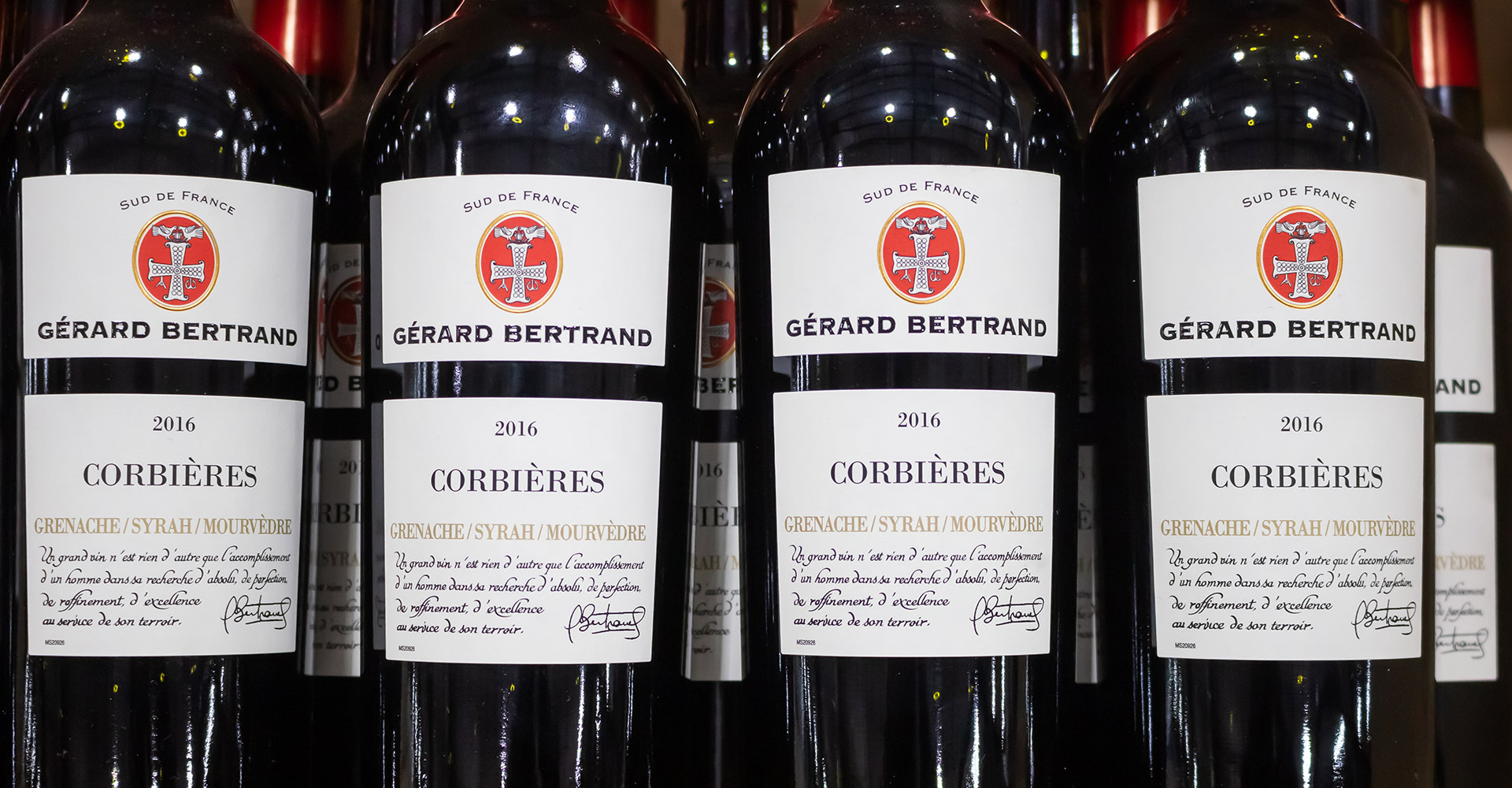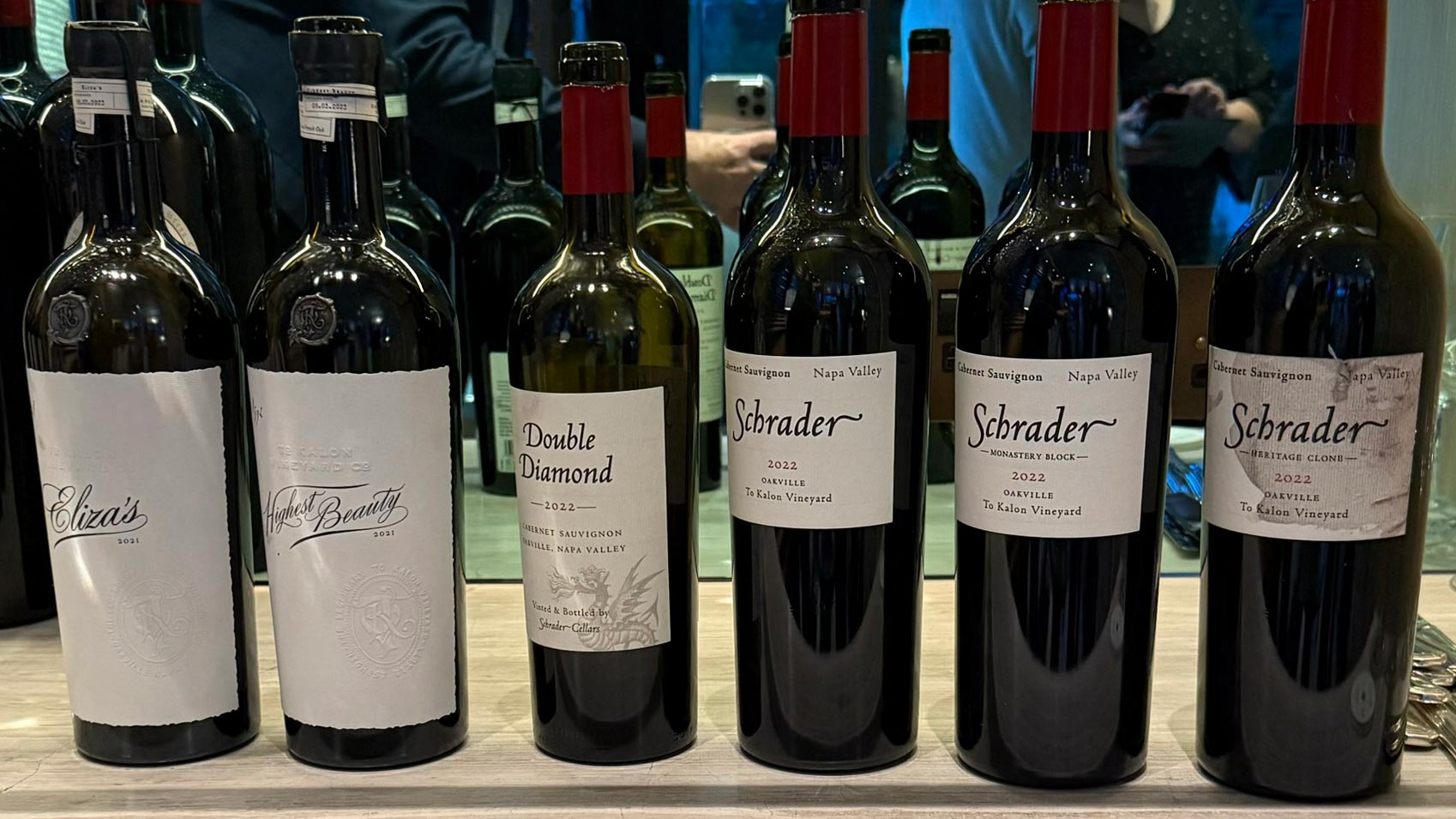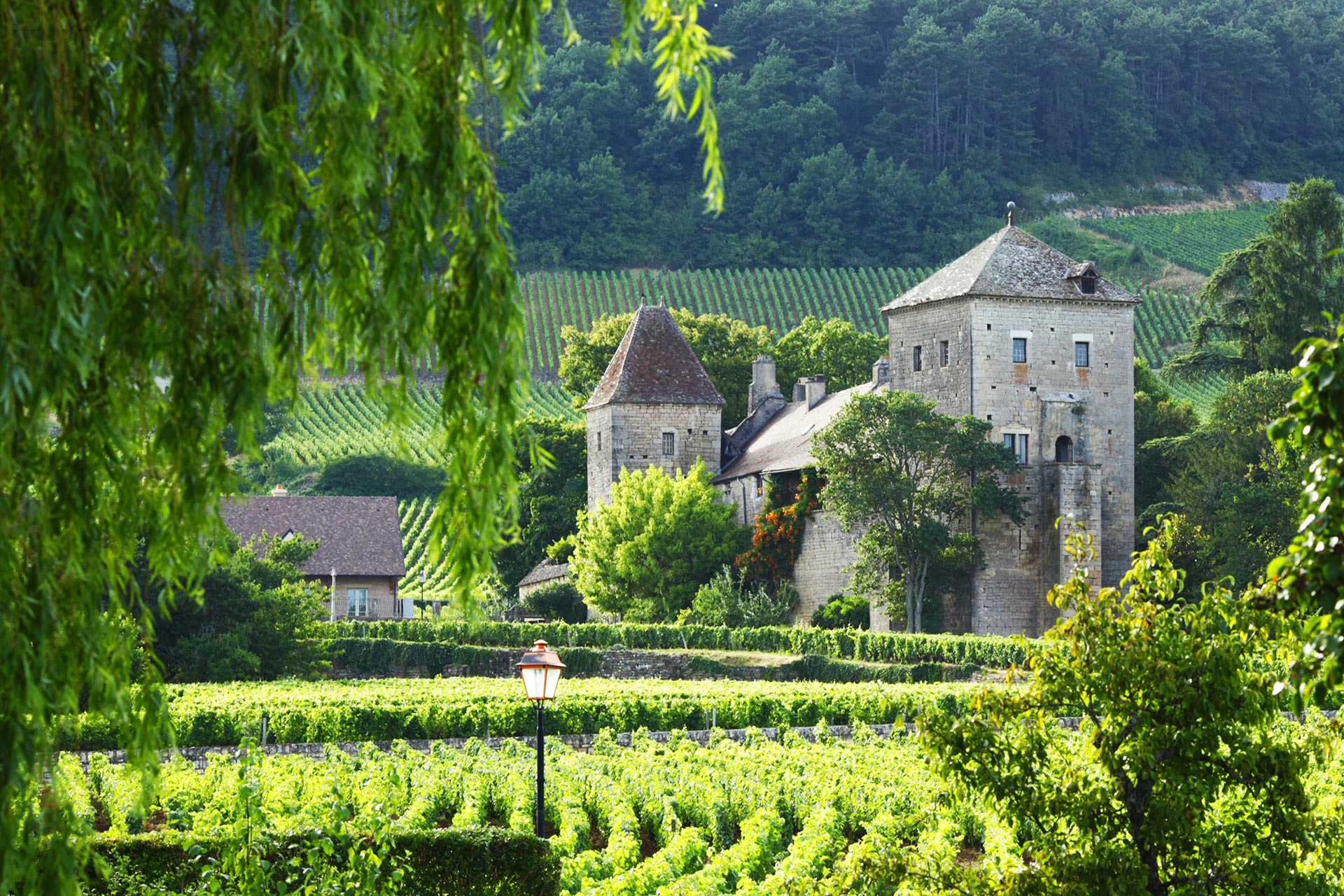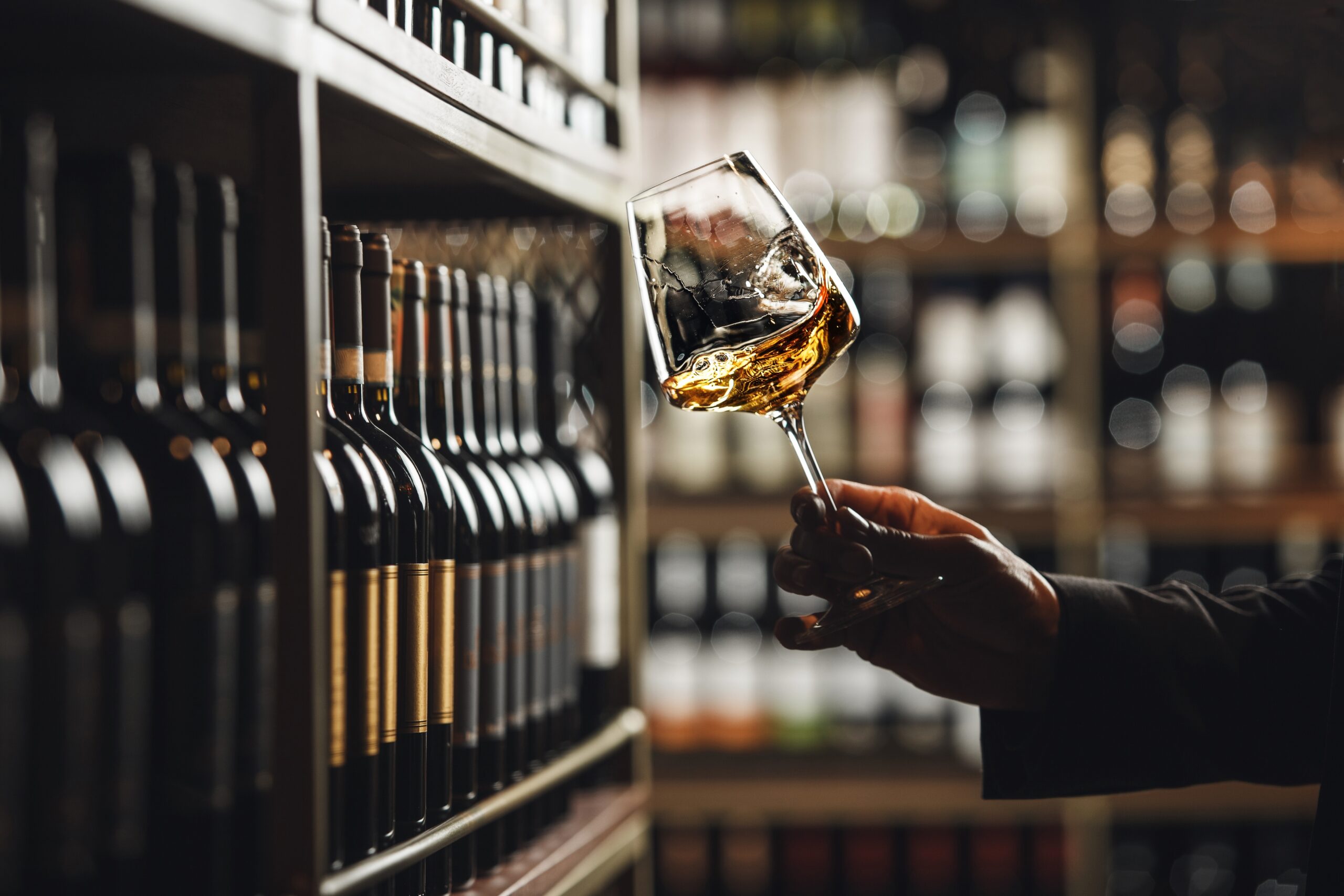Gérard Bertrand: The Winemaking Jedi Whose Mind Is A Rugby Scrum, A Jazz Set, And A Biodynamic Field Guide
His name came up three times in one week — once in a wine tasting, once on a jazz podcast, and then, of all places, during a leadership workshop. That kind of cosmic repetition can’t be ignored. So I did what any curious wine obsessive would do: I dug deeper. What I found wasn’t just a winemaker — it was a multidimensional force of nature who blends intuition, discipline, and audacity like no one else in the industry.
If you’ve ever sipped a Gérard Bertrand wine and thought, “This tastes like it was crafted by a philosopher-samurai-rugby-captain hybrid,” you wouldn’t be far off. Bertrand isn’t just a winemaker; he’s a walking contradiction in the best possible way — a man who sees vineyards as ecosystems, wine as a message in a bottle, and risk as an essential ingredient in vintage success.
Welcome to the Bertrand Operating System — a beautiful, balanced blend of science, intuition, grit, and a sprinkle of lunar calendar woo-woo. And it all started with three things: a father, a funeral, and a fair few fractured bones on the rugby pitch.
The Making of a Multidimensional Mind
Before he became the poster child for biodynamic winemaking (and the man who made rosé sexy at €200 a bottle), Gérard Bertrand was just a 10-year-old kid shadowing his dad in the Languedoc vineyards. Georges Bertrand wasn’t a man of half measures — he passed down not just a love of the land, but a cognitive blueprint built on three unshakable pillars: micro-level precision, macro-level patience, and a soulful connection to place.
This wasn’t a sentimental inheritance. It was software installation.
From a young age, Gérard learned that “wine is 1,001 details,” which sounds poetic until you realise it means obsessing over every vine, barrel, label, and logistics plan. Pair that with his father’s zen-like mantra — “When you’re 60, you’ll have 50 years of experience” — and you’ve got a young man trained to toggle between long-term vision and minute detail like a winemaking Tony Stark.
And just when life seemed like a beautiful blend of grapes and rugby boots, tragedy struck. In 1987, Georges Bertrand died in a car accident, and 22-year-old Gérard found himself running the family estate while captaining a professional rugby team. Think you’re stressed running your startup? Try working 60 hours in the vineyard while simultaneously dodging 200-pound flankers and your bank manager’s calls.
How Rugby Taught Bertrand More About Wine Than Any Sommelier Course Ever Could
The rugby pitch was Bertrand’s mental dojo. Leadership, grit, teamwork, and humility — all fermented under floodlights and sweaty scrums.
As captain of Stade Français, Bertrand didn’t just learn to win; he learned how to lead a diverse group towards a shared goal — a lesson he later translated into building a global team of 450 without losing his terroir-driven soul.
And rugby had another lesson: you can’t control everything. Bad bounces happen — whether it’s a ref’s whistle or a freak hailstorm in July. For Bertrand, humility in the face of nature became a core principle, both in sport and in soil.
Biodynamics: Woo-Woo or Genius? (Spoiler: It’s Genius)
Now, Bertrand didn’t stumble into biodynamics after a yoga retreat. His journey was part science, part philosophy, and part “what-the-hell-have-I-got-to-lose” experimentation. Inspired by Rudolf Steiner’s ideas and his own health scare, he began converting his vineyards at Domaine de Cigalus in 2002.
Forget just ditching pesticides. This is farming by moonlight, compost rituals, and cosmic balance — and while it might sound like a vineyard run by druids, the results speak for themselves. Microorganism activity in his soil went from 1,000 to over 47,000 species. Armadillos returned. (Yes, actual armadillos.)
For Bertrand, biodynamics isn’t a tactic. It’s a worldview. One that says: treat your vineyard like a living organism and your business like an ecosystem. Invest in people, diversity, and self-sufficiency. Compost ideas. Harvest innovation. Ferment culture.
L’Assemblage: The Winemaker’s Version of a TED Talk, Therapy Session, and Jazz Solo
Bertrand’s pièce de résistance isn’t just what’s in the bottle — it’s how he thinks about what goes into it. His philosophy of l’assemblage — the blend — is the ultimate metaphor for problem-solving.
It’s not just grape plus grape equals blend. It’s science (sugar, acid, tannins), plus art (intuition and palate), plus philosophy (what’s the wine’s message?), plus discipline (sleepless nights and cellar spreadsheets). That’s four dimensions of thought. Take that, McKinsey.
He applies this method to everything. Take Château l’Hospitalet: bought for €10 million when his whole company turned over €8 million. Madness? Maybe. But Bertrand ran the numbers, trusted his gut, envisioned the brand’s future home, and fought for it with monk-like rigour.
Now it’s not just a winery — it’s a wine Disneyland. Michelin restaurant, jazz festival, art gallery, beach club, yoga with wine pairings (probably). It’s all there.
Calculated Audacity: Bertrand’s Favourite Grape Variety
Here’s the thing: Bertrand doesn’t just “embrace risk.” He slow-dances with it in front of a roaring crowd.
Launching a €200 rosé? Bonkers. But he did it — and made Clos du Temple a benchmark. Pioneering orange wine before it was trendy? Tick. Betting the business on biodynamics? Done. Every bold leap is grounded in meticulous prep and a poetic purpose.
His rule of thumb? “Success is proportional to the risks you’re willing to take.” If Bertrand were in the casino, he’d be the guy building the roulette table, hiring the band, and inviting Beyoncé — because why just play the game when you can redesign it?
The Art de Vivre: Branding as Lifestyle (And a Lifestyle Worth Drinking To)
Finally, Bertrand’s crowning jewel: turning a bottle of wine into a way of life.
His Art de Vivre isn’t a marketing gimmick — it’s a 360-degree lifestyle. Wines come in amphora-shaped bottles. Hotels offer cosmic harmony and local cuisine. Jazz floats over the vines. The Instagram grid is a mood board for Mediterranean elegance.
He’s created a brand that isn’t just bought, it’s lived. One that whispers, “You could be barefoot in a vineyard listening to Miles Davis and drinking a rosé shaped like a rose. What are you doing in that spreadsheet?”
This isn’t product marketing. It’s cultural architecture.
Conclusion: Why Gérard Bertrand Isn’t Just a Winemaker — He’s a Mental Blueprint
What makes Gérard Bertrand fascinating isn’t just the wine. It’s the mind.
His success isn’t the result of genius in one area. It’s the mastery of integration. Science with soul. Risk with rigor. Leadership with humility. It’s the ability to zoom in and zoom out — to get granular with grapes and still dream like a jazz composer.
In a world of specialists, Bertrand is a renaissance winemaker. And that, dear reader, is why his bottle doesn’t just taste good — it tastes like purpose.



